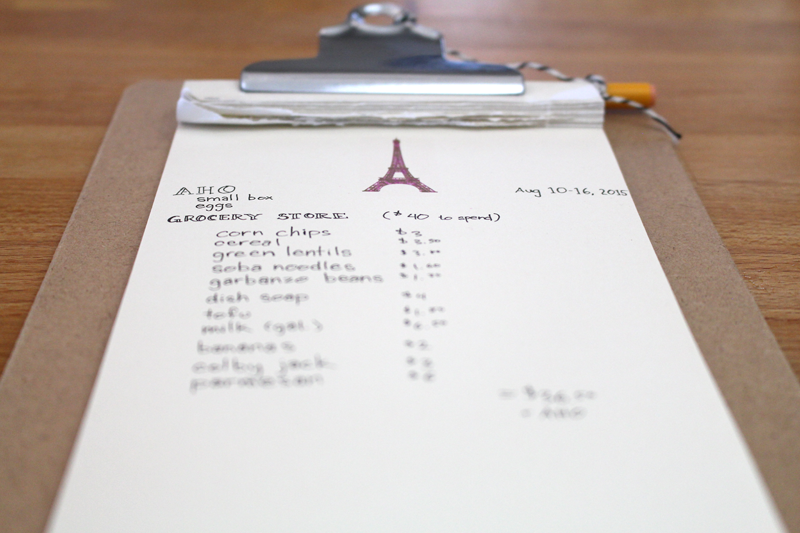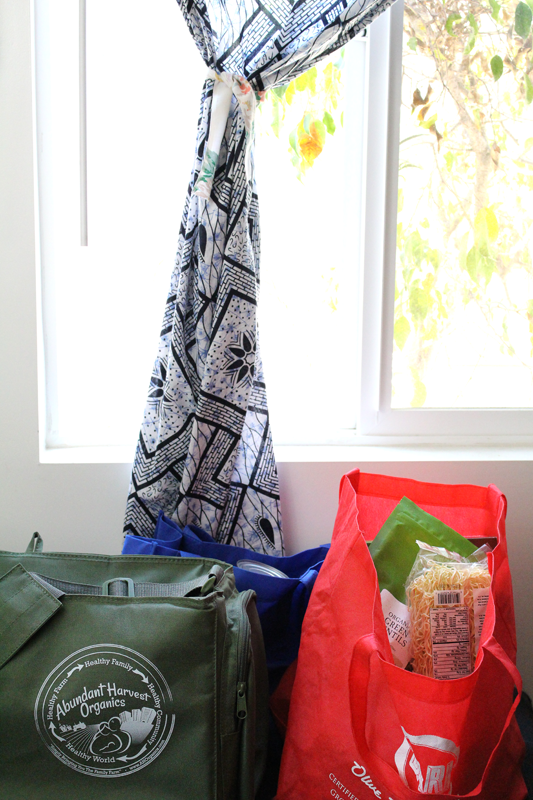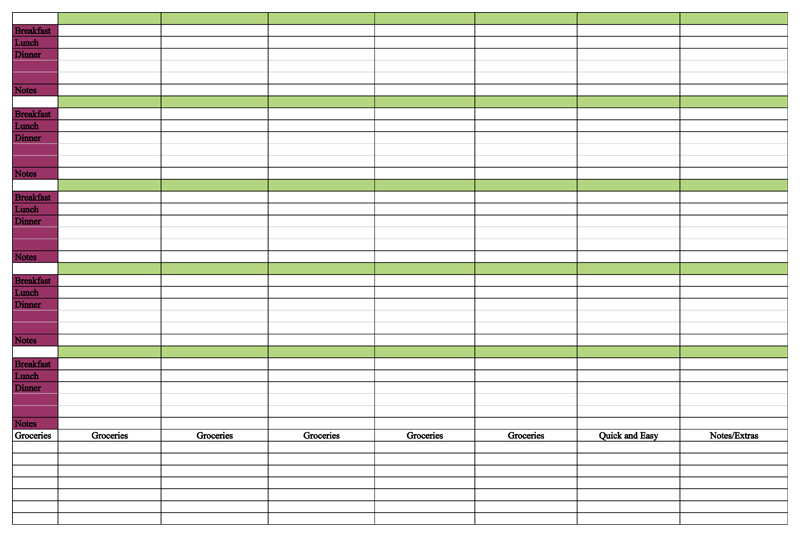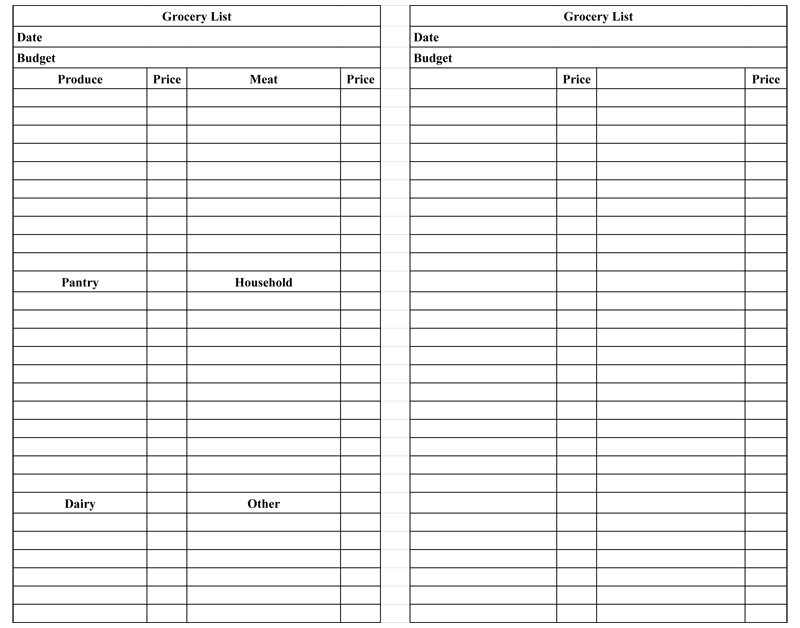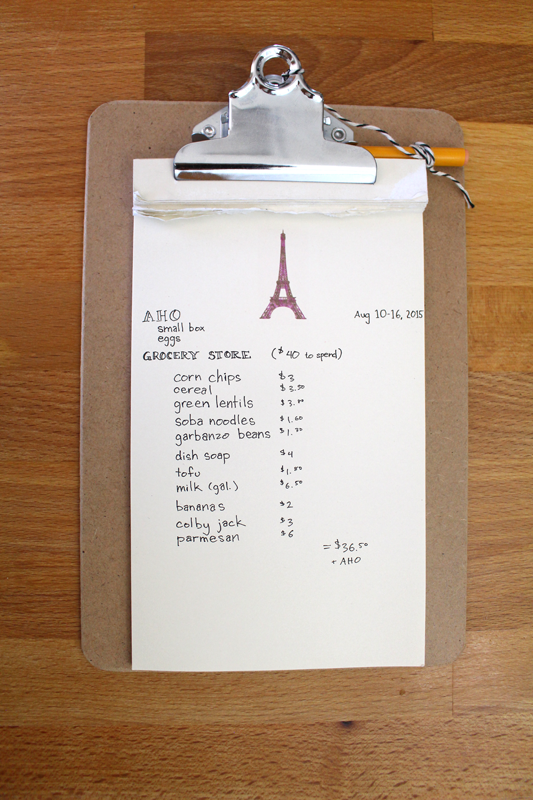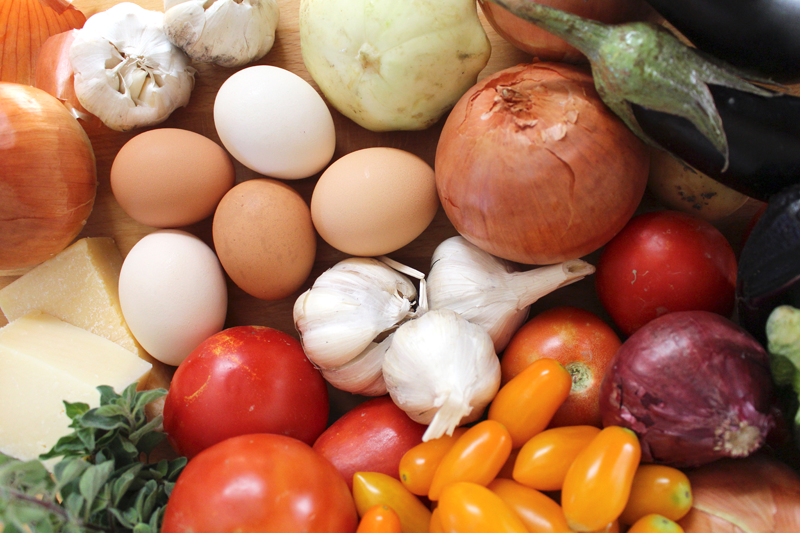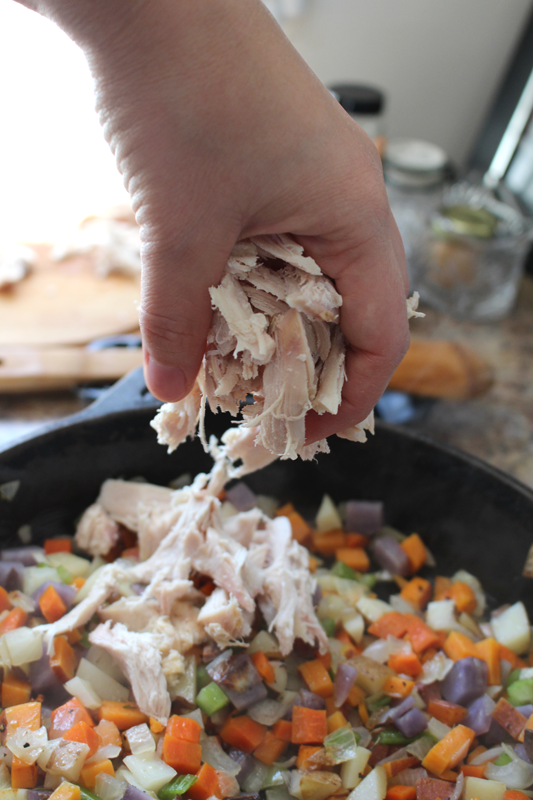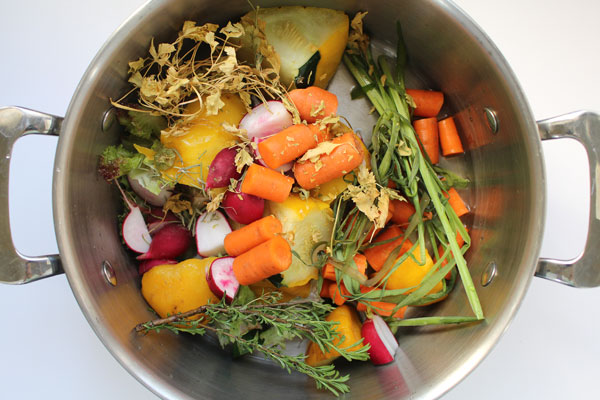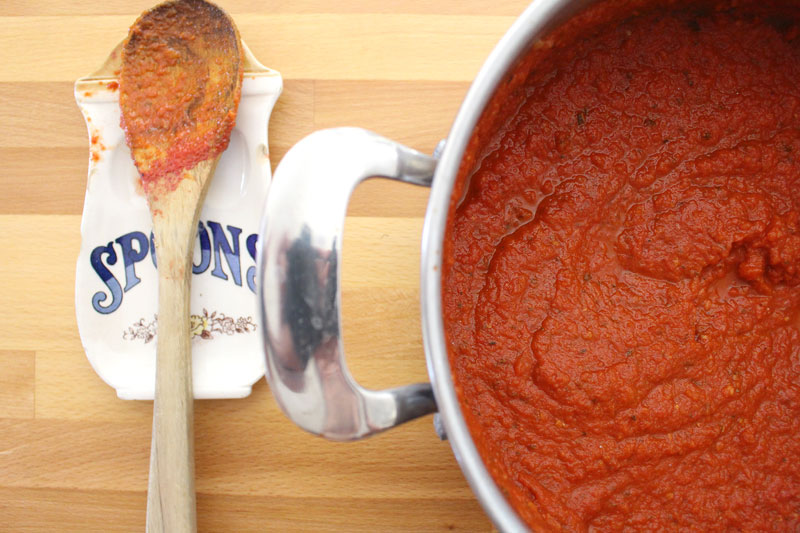Grocery Shopping
Written by Rachel, Posted in How To, Thoughts
I love to plan. Making lists is fun, checking things off a to do list is satisfying, and figuring out my grocery list is rewarding. Last year I worked on a series about menu planning. There are three parts: the reason, the menu, and the staples to have on hand. Now it’s time to tackle the grocery list.
I like to have my grocery list written out in the order that I will find things in the store. I find that I miss less when I do it that way. Plus I save time in the store, as I’m not running from one side to the other, or standing in each aisle scanning the list to see if I need anything. I think I get it from my mom. I seem to remember her lists were always written out this way.
When we were first married, our budget didn’t allow for much in the grocery department. Not a lot has changed since then, so I still plan our menu and grocery trips the same way that I always have.
As I’m planning our menu I will make a list of the things that we have on hand. You know, rice, pasta, beans, veggies etc. I will combine those with what’s coming in the weekly Abundant Harvest Organics box. As the days get filled up with things to eat, I will see what’s missing from our pantry, and add it to the grocery list. As the list fills up, I will keep an eye on the week’s grocery budget. We usually have some staples (like milk, cheese, and eggs) that take priority. They’re the things that I can’t make or grow myself. After that, I’ll take things off or add them based on what’s left in the budget. Some weeks are smaller than others, and I get to be creative with what we eat.
Like I mentioned earlier, I like to organize my list based on the layout of the store I will be shopping at. Some stores are organized a little more by category than others, so I’ve got two list options for you.
You can use these lists (just download and save the photos), or you can download one of the many grocery list apps onto your smartphone. I don’t have one to recommend, sorry, I’m a pencil and paper kinda gal. I know, it’s old fashioned, but I prefer it.
I find that keeping the grocery budget balanced with the overall budget is the key for keeping from overspending. And the key to keeping the grocery list in check is to plan the menu ahead of time. This is my idea of a fun way to spend an hour or two… for real!
Happy Eating!
Hand lettering on the grocery list done by Tim Oberg.

